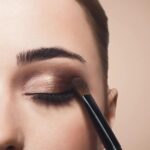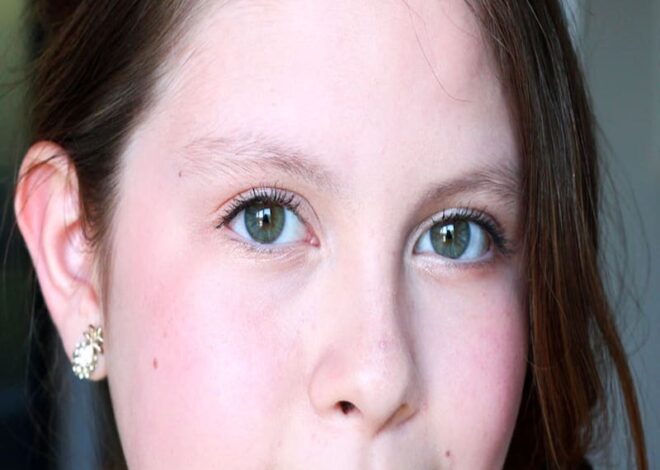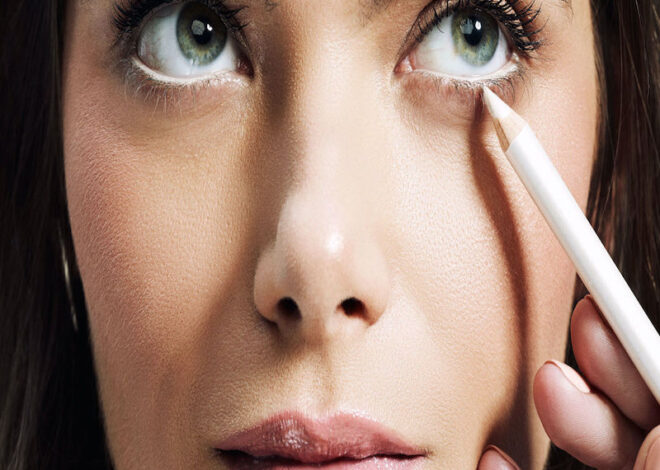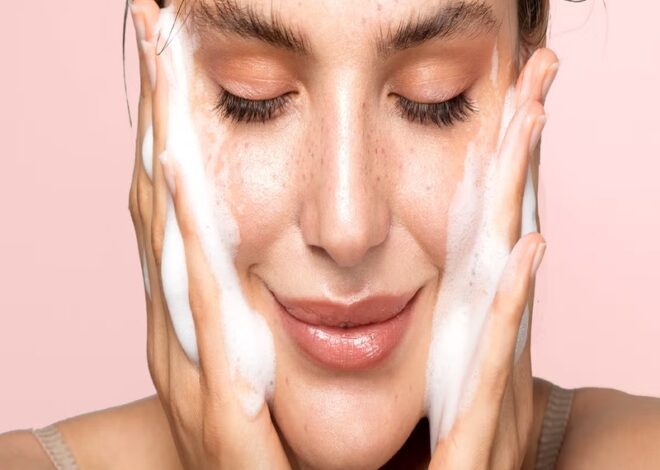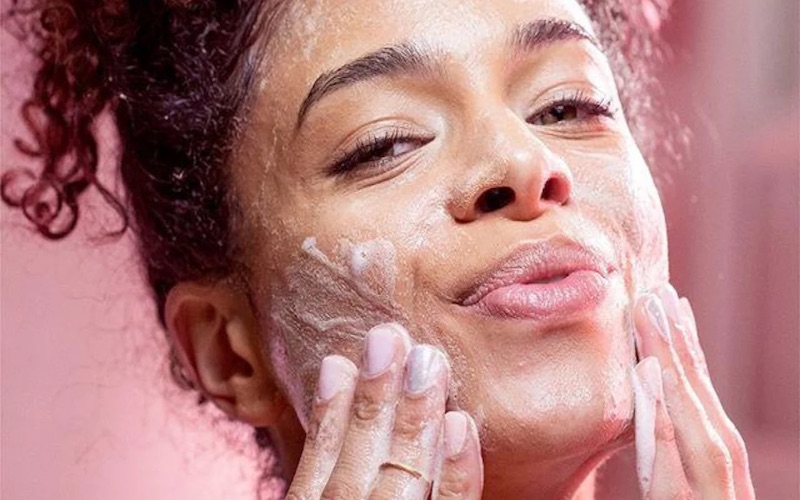
Discover the simplest facial care routine for oily skin
This article will provide you with useful information about an effective facial care routine for oily skin. Skincare will start with basic skin care steps, suitable products and important notes. Let’s explore with Evaworlds!
How do you get oily skin?
Oily skin appears when the sebaceous glands on the skin produce too much sebum. Sebum is a natural oily substance that helps moisturize and protect the skin. However, if produced too much, it can lead to the following problems:
- Dilated pores: When the sebaceous glands are overactive, the pores cannot process all the excess sebum, leading to them becoming dilated.
- Clogging of pores: The combination of excess sebum and dead cells builds up inside pores causing them to become clogged.
- Blackheads and whiteheads: Sebum clogs pores, forming blackheads and whiteheads.
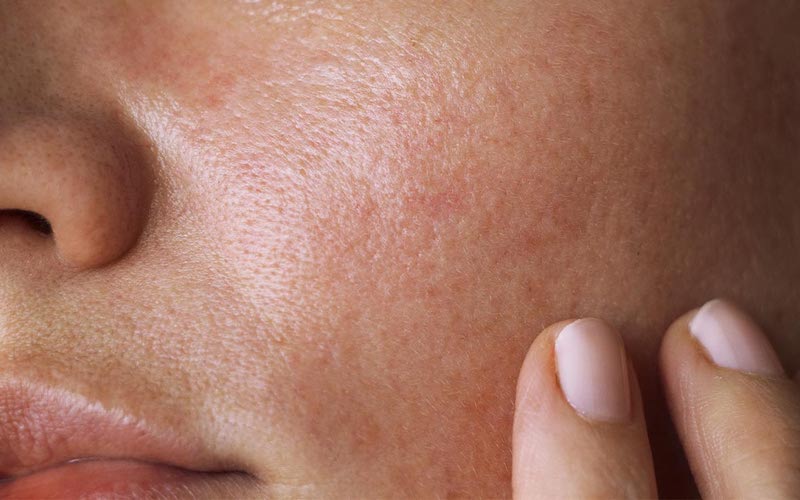
Causes of oily skin may include:
- Hormones: Androgen, a hormone found in both men and women. They help stimulate excessive sebum production.
- Genetics: Genetic factors also play an important role in whether your skin is prone to oiliness or not.
- Other factors: Stress, humid weather and certain medications can also directly affect the amount of sebum produced.
How do you recognize oily skin?
Here are some signs to help you recognize oily skin:
- Facial skin becomes oily just an hour or two after washing, and often becomes oily in the afternoon.
- Makeup easily slips or slips on the skin.
- You may see blackheads and/or acne on oilier areas of your skin.
- Large, visible pores, especially in the nose, chin and forehead (T-zone).
What products make oily skin worse?
Although you might think that using products that dry out your skin is fine. However, in the long run they stimulate the sebaceous glands to produce more oil.
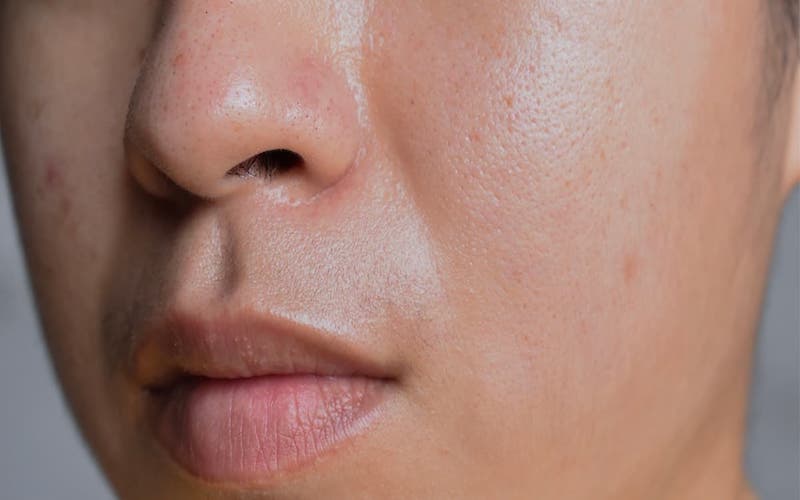
Therefore, you should avoid products that sting on the skin (such as menthol, peppermint, eucalyptus, and lemon). Or choose to buy products containing alcohol or aromatic essential oils. A stinging sensation is a sign of irritation and this is never good for the skin.
The general rule for oily skin is that ingredients sold in solid form (like soap bars) or containing moisturizers and emollients can clog pores and make skin look oily. Instead of creams, use light gels, serums, and liquids.
Step-by-step skincare routine for oily skin
The following facial care tips will help you take the best care of your oily skin:
Wash your face every day
- Wash your face twice a day with a gentle, water-soluble cleanser.
- It is best to wash off all the cleanser on your face.
- The cleanser should not contain any irritating ingredients like sodium lauryl sulfate and be fragrance-free (fragrance is always irritating).
Use rose water
- Using rose water that is alcohol-free and rich in antioxidants and cell signaling components is important.
- Rose water contains these ingredients that help the skin repair, shrink pores and remove the last remnants of cleanser or makeup. If you don’t do this step, your pores may become clogged.

Kill death celk
- This is one of the most important steps. Exfoliation is the best way to remove dead skin cells, reduce clogged pores and acne, and make skin smoother.
- The best exfoliating ingredient for oily skin is salicylic acid (BHA).
Use a day cream with sunscreen
- Even with oily skin, using products with appropriate sun protection is important. An anti-wrinkle cream helps prevent wrinkles and reduces the risk of inflammation.
- Choose a light sunscreen for oily skin; You can also use liquid foundation combined with powder to get a matte finish.
Use a moisturizing night cream
In the evening, choose a lightweight moisturizing gel or serum that is free of pore-clogging ingredients and has antioxidants. These ingredients help strengthen the skin’s protective barrier.
Remove excess sebum
Use sebum-absorbing products regularly. This step is optional, but many people with oily skin find it beneficial.
FAQs about facial care routine for oily skin
Q1: Should oily skin use masks?
=> Yes, you should use clay masks or paper masks to control oil and cleanse the skin.
Q2: What to do when oily skin has acne?
=> You should wash your face thoroughly, use acne cream, and avoid squeezing acne.
Q3: Which diet is good for oily skin?
=> You should eat lots of fruits and vegetables, drink enough water, and limit sweets and greasy foods.
Q4: Should oily skin use sunscreen?
=> Yes, you should use sunscreen with SPF 30 or higher, lightweight, does not cause skin irritation.
Q5: Which moisturizer is suitable for oily skin?
=> Gel or lotion moisturizer, oil-free, with oil-controlling ingredients.
Q6: Should I use serum for oily skin?
=> Yes, you should use a serum that contains light moisturizing ingredients, controls oil, and reduces acne.
Q7: Which toner should I use for oily skin?
=> Toner in liquid or spray form, containing ingredients that control oil and soothe the skin.
Conclusion
In short, facial care routine for oily skin requires perseverance and is suitable for each person’s unique needs. Choosing the right products, using them correctly and maintaining a regular skincare routine will help you control excess oil, prevent acne and keep your skin healthy. The most important thing to remember is to listen to your skin, experiment, and find the most suitable method for you. Remember, skin care is not a race, but a long-term journey for you to have beautiful, healthy and radiant skin.









